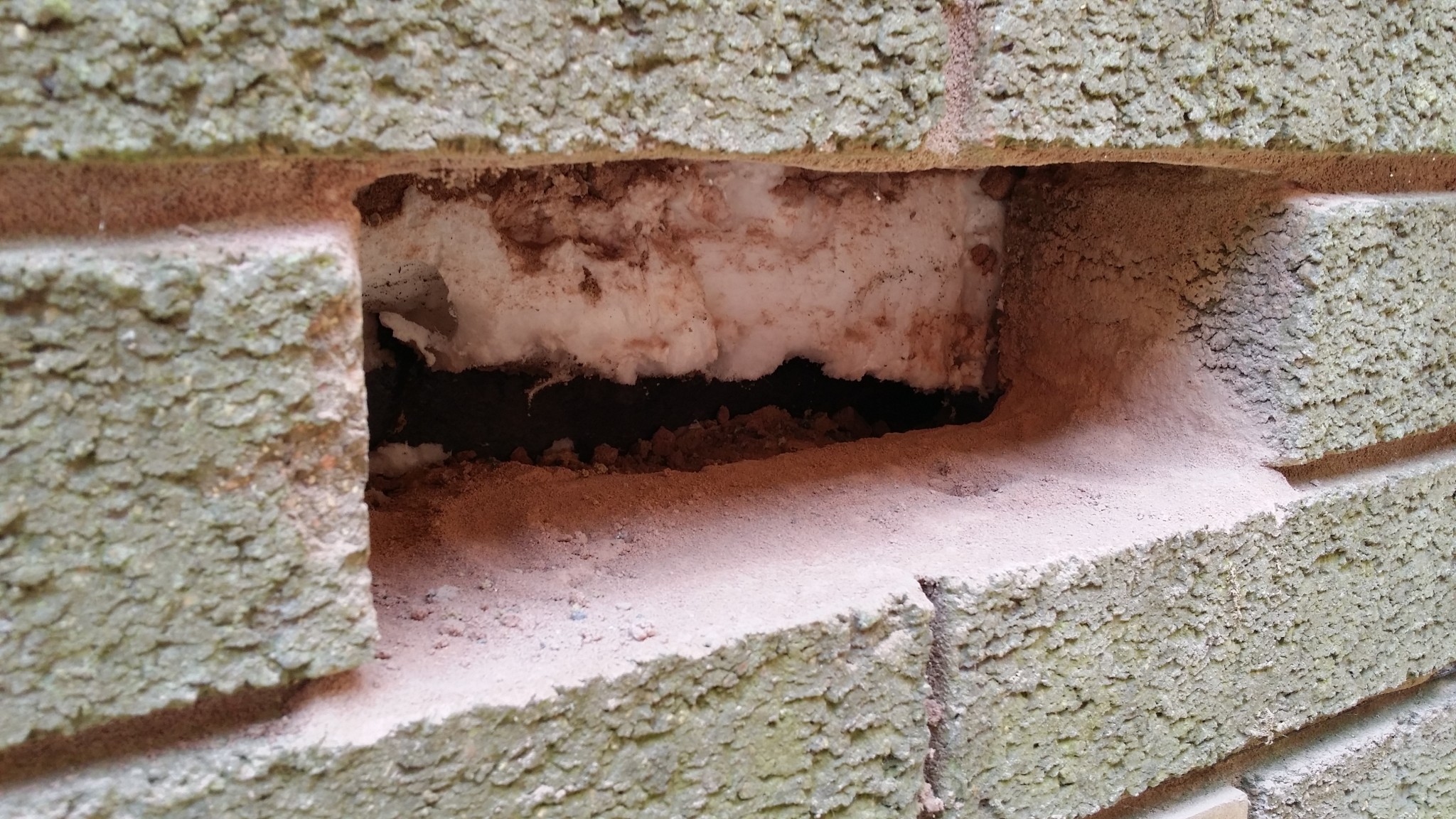Some wall types those without a cavity or timber framed buildings will only be suitable for external wall insulation.
Cavity wall insulation types uk.
In this article we re going to explain the different types of cavity wall insulation that you might have fitted in your home and the potential problems that could arise.
Loose fill takes the form of small particles that form a material that can conform to any space without.
Wall insulation comes in various types depending what kind of wall you want to insulate.
Insulating a cavity wall is an investment that will make your house safe energy efficient and comfortable.
Around one third of the heat loss from most homes is through the walls so cavity insulation could save you up to 160 a year in heating bills 1 in fact according to figures from the energy saving trust website cavity wall insulation could pay for itself within less than 5 years.
Moreover cavity wall insulation paves the way for a lower energy bill.
This type of insulation can be more expensive and is energy intensive to manufacture but has a high insulation value.
One of the more common forms of insulation is loose fill and blown in cavity wall insulation.
A cavity wall is made up of two walls with a gap in the middle.
Mineral fibre or wool the most common method of fitting an existing property with cavity wall insulation is to insert mineral fibre or wool.
This is beneficial for both your health and the environment.
Cavity wall insulation stores the heat within the inner walls bouncing it back into the room and holding it for longer.
The cavity is located between the inner and outer brickwork of the property show picture.
Houses in the uk mostly have either solid walls or cavity walls.
The outer leaf is usually made of brick and the inner layer of brick or concrete block.
After obtaining 2 or 3 quotes for the job contact your chosen cavity wall insula t ion company to do the work.
Usually one wall is made of brick and the other is made of concrete.
When we went undercover to investigate the quality of insulation suitability inspections in 2011 our findings suggested that you can t always rely on assessors to carry out thorough inspections or warn of potential damp problems even those from big brands such as marks spencer npower and tesco.
A cavity wall is made up of two walls with a gap in between known as the cavity.
Cavity wall insulation can cause damp.
If your house was built after the 1920s it is likely to have cavity walls.
Find out if your home s likely to be affected.

